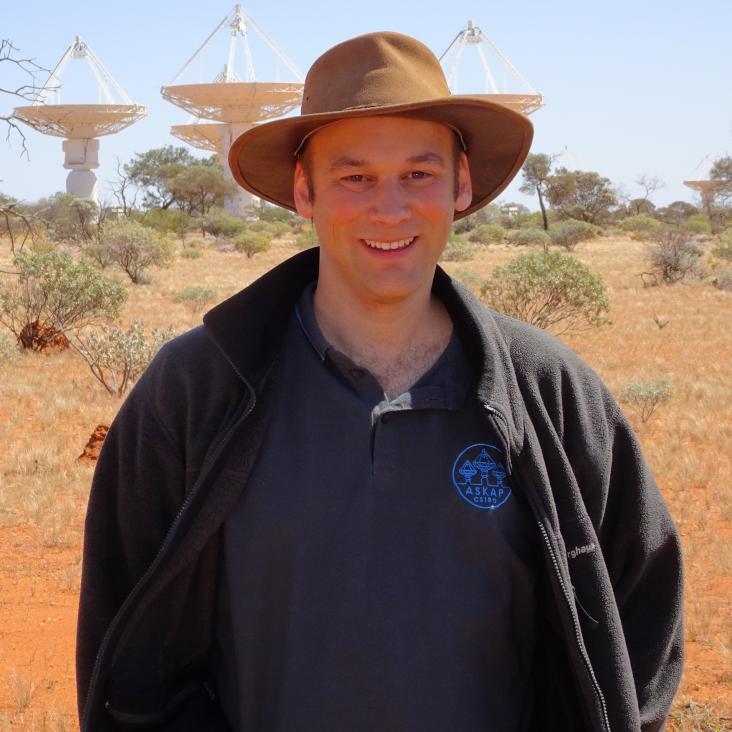FAST Discovery of a Fast Neutral Hydrogen Outflow
The Astrophysical Journal Letters American Astronomical Society 956:1 (2023) l28
Synchrotron emission from double-peaked radio light curves of the symbiotic recurrent nova V3890 Sagitarii
Monthly Notices of the Royal Astronomical Society Oxford University Press (OUP) 523:2 (2023) 1661-1675
Does a radio jet drive the massive multiphase outflow in the ultra-luminous infrared galaxy IRAS 10565 + 2448?
Monthly Notices of the Royal Astronomical Society Oxford University Press (OUP) 520:4 (2023) 5712-5723
WALLABY Pilot Survey: Public release of HI data for almost 600 galaxies from phase 1 of ASKAP pilot observations
ArXiv 2211.07094 (2022)
Radio observations of the Black Hole X-ray Binary EXO 1846-031 re-awakening from a 34-year slumber
Monthly Notices of the Royal Astronomical Society Oxford University Press 517:2 (2022) 2801-2817


